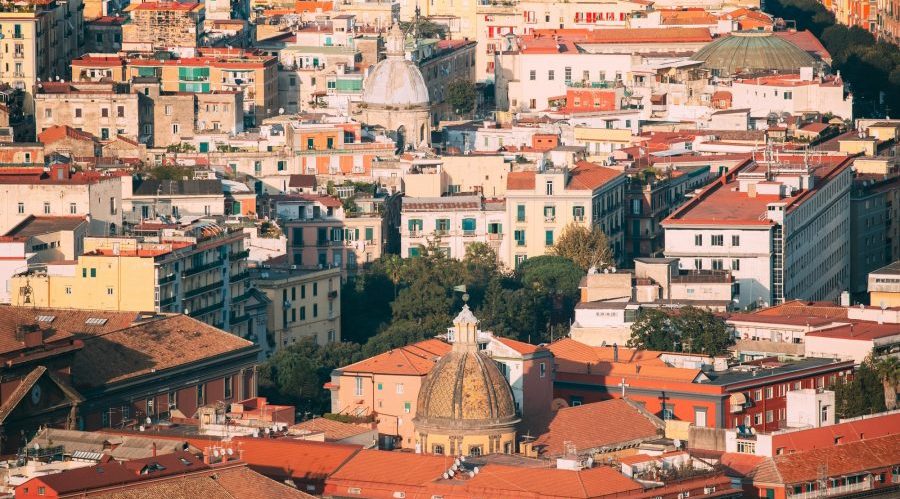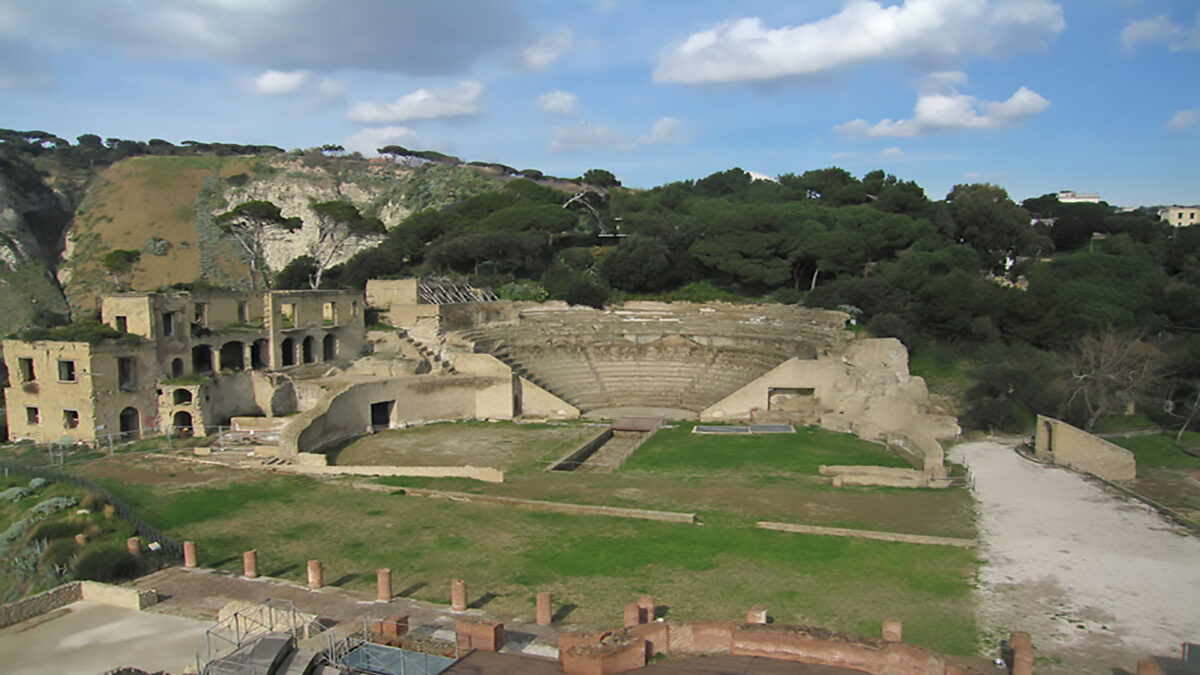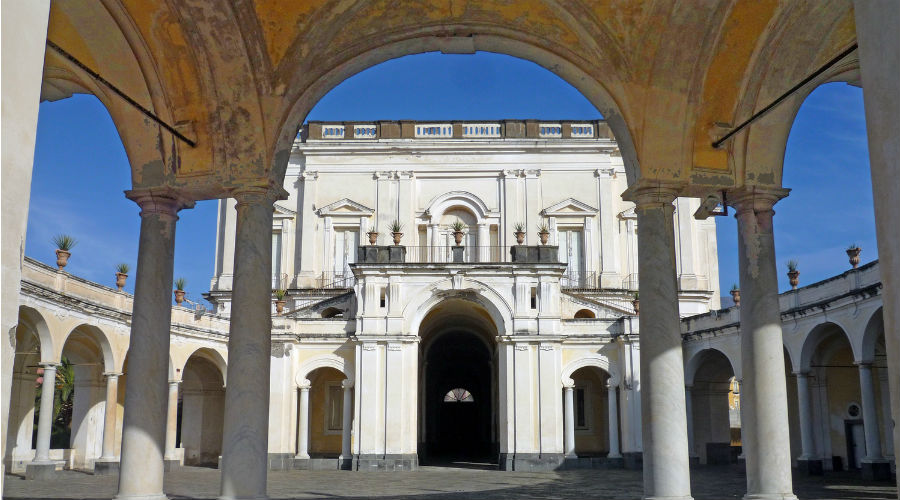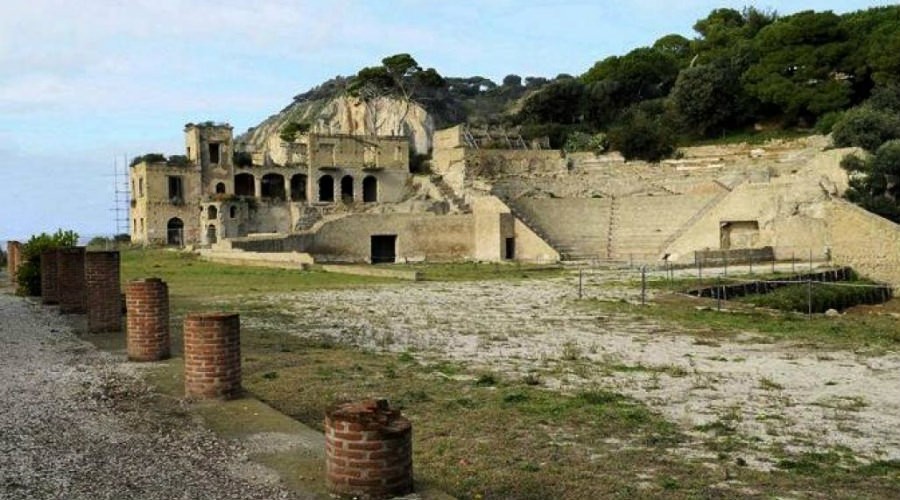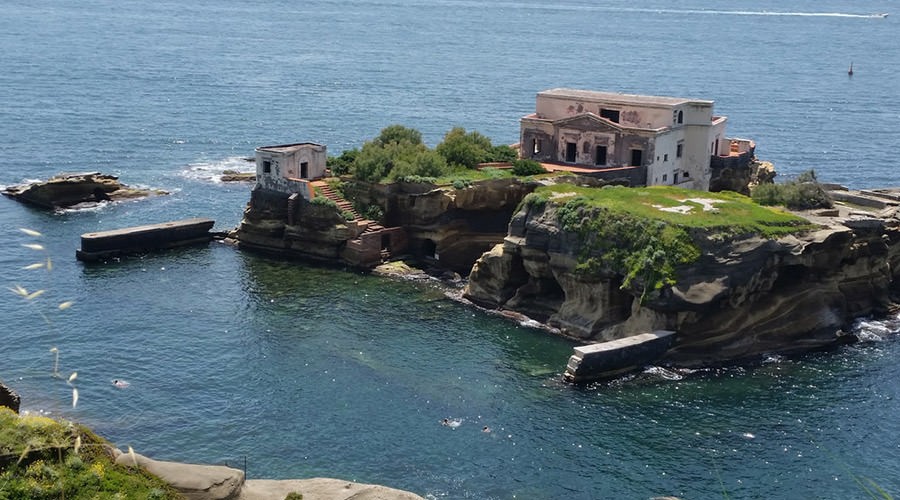Redevelop the important archaeological areas of Piazza Bellini, Piazza Cavour and Carminiello ai Mannesi in the historic center of Naples!
The Superintendence of Archeology, Fine Arts and Landscape for the Municipality of Naples has carried out works of redevelopment in important archaeological sites in the historic center of Naples.
Our ancient center, a UNESCO World Heritage Site since 1995, is rich in sites of Roman, Greek and other origins and these works have helped to prevent them from being abandoned anymore.
Specifically, the site of Carminiello ai Mannesi, Greek walls of Piazza Bellini and Piazza Cavour, the remains of the Middle Ages and the Renaissance in the archaeological laboratory of the Superintendence in via S. Maria Agnone and the maintenance of green areas in the area is also underway Pausilypon archaeological park.
The redevelopment works in the historic center
The archaeological site of Carminiello ai Mannesi
In the heart of Forcella, it refers to an ancient site of the Imperial Roman age which includes a spa facility and a santuario dedicated to the cult of Mithras. The area is almost always closed to the public, but work is also underway to allow it to be opened and visited.
The Greek walls of Piazza Bellini and Piazza Cavour
In these two places there are remains of important fortification walls of the Greek city of Neapolis. In the case of Piazza Bellini, they are located in a limited area below street level, while in the Piazza Cavour area they are behind the Casanova Institute. In this second case they are even 9 meters high, are large blocks of tuff and represent a part of the best preserved walls ever.
via S. Maria Agnone and Parco del Pausilypon
As mentioned, in the archeology laboratory of the Superintendency in via S. Maria Agnone some remains from the Middle Ages and the Renaissance. In the Pausilypon Park, on the other hand, the green area is being redeveloped. This archaeological park has a great historical-archaeological importance due to the presence of remains of the villa del Pausilypon, built in the XNUMXst century BC by the Roman Knight Publio Vedio Pollione, but also for the remains of the Theater, and of the Odeion.

